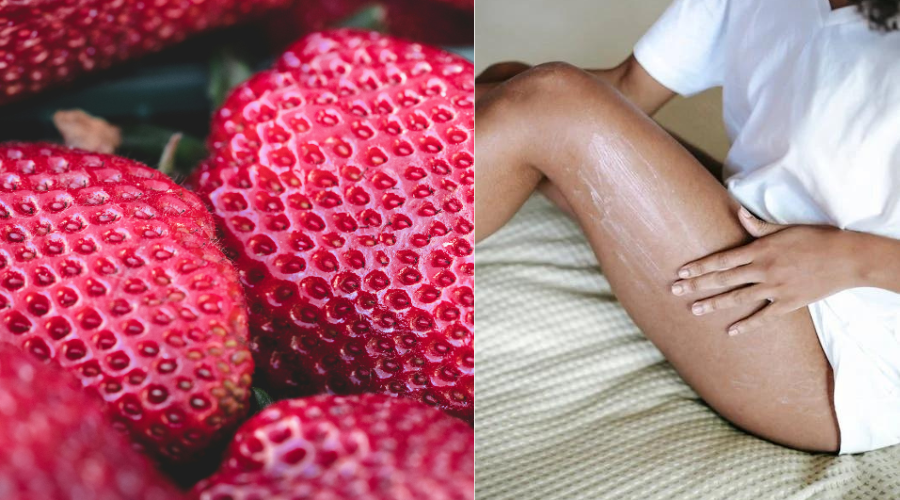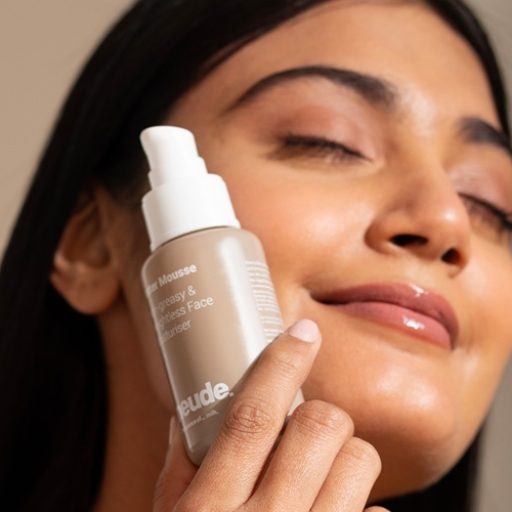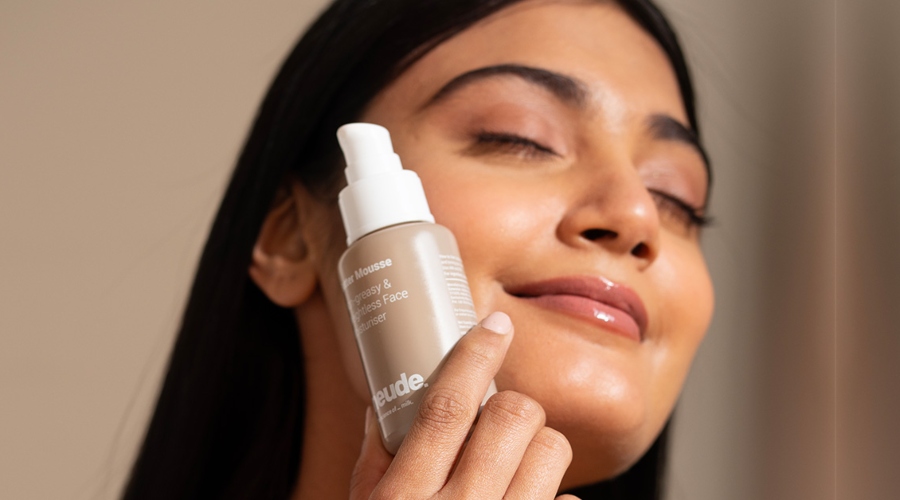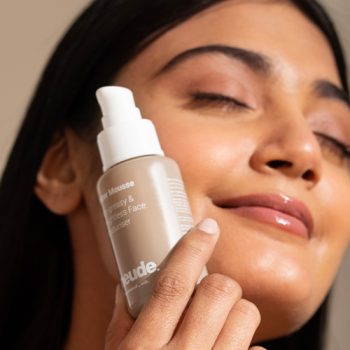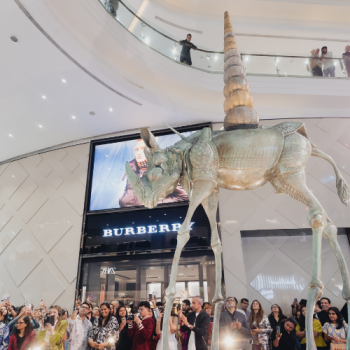Nobody can deny how feminine and gorgeous a sundress looks, or how chic one of those Zara halternecks are. And you’re convinced they’re perfect for your upcoming vacation, but suddenly you find yourself standing in the trial room, and your insecurities have taken over and that dress doesn’t seem like such a good idea anymore. Trial rooms seem to have the worst habit of exaggerating even the tiniest speck of texture on your skin.
It happens to the best of us- comparing your legs to the glowing, oh-so-smooth ones on your favourite actress and putting yourself in a bad mood. But, other than learning to accept and appreciate your supremely gorgeous self, flaws and all, there is something you can do about strawberry skin and keratosis pilaris. Stay with me and don’t give up on that gorgeous top yet!
What Exactly Are These Sneaky Bumps?
According to Doctor DM Mahajan, Senior Consultant , Dermatology, Indraprastha Apollo Hospitals, “More common in young children and teenagers, strawberry skin and keratosis pilaris can occur due to dry skin, winter season, hormonal changes. It is usually asymptomatic, but may cause mild itching. It often improves with age, is not contagious or medically concerning and is primarily a cosmetic issue. Treatment options include moisturizers, exfoliation, and topical medications, but there’s no permanent cure.”
In the expert opinion of Doctor Trishna Gupte, the founder of the Cosmo-Square Clinic, ISCA Institute, “Keratosis pilaris (KP) and strawberry skin have distinct characteristics. KP appears as small, rough, sandpaper-like bumps that are typically skin-coloured or reddish and can be found on the upper arms, thighs, cheeks, or buttocks. In contrast, strawberry skin appears to have black spots resembling strawberry seeds, mainly on the legs, and is visible after shaving. KP feels harsh and dry to the touch, whereas strawberry skin is smooth but with obvious darker patches.”
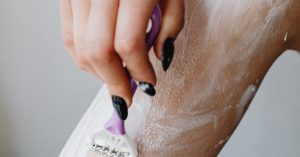
On why you may have got this skin woe, she has to say, “Both, KP and strawberry skin can have genetic causes. KP frequently runs in families and is caused by an overabundance of keratin, which clogs the hair follicles, resulting in rough bumps on the skin. Dry skin, particularly in colder weather, can make KP more visible. Hormonal imbalances can increase the likelihood of developing KP- factors like weight gain, PCOS, and thyroid disorders can elevate this risk more. Women, in particular, may notice the development of KP after certain life stages, such as during hormonal changes related to ageing or following pregnancy. Strawberry skin, on the other hand, is more common in people with thicker hair- it is generally caused by clogged hair follicles, shaving, or hair removal procedures. Shaving exposes the hair follicles or pores, allowing oil, germs, and dead skin cells to accumulate, resulting in the appearance of darker spots. Using dull razors, shaving without sufficient lubrication, or having dry skin can all worsen the problem.”
Smooth Solutions To The Bumpy Road
She goes onto share, “Exfoliate and moisturise on a regular basis to eliminate dead skin cells and smooth bumps. AHAs, BHAs, or urea treatments work well for exfoliation. A moisturising lotion that contains lactic acid, glycolic acid, and ceramides is advisable. Use fragrance-free cleansers and avoid hot showers, which can deplete the skin’s natural oils and exacerbate KP. Always shave with a sharp, clean razor and in the direction of hair development. If shaving seems to aggravate the problem, explore options such as waxing or laser hair removal to minimise further irritation. After shaving, use a soothing moisturiser or oil to keep your skin nourished. This will assist in managing both KP and strawberry skin, resulting in smoother, healthier skin over time.”
Here are some of our suggestions to help your skin become the smoothest operator around:






